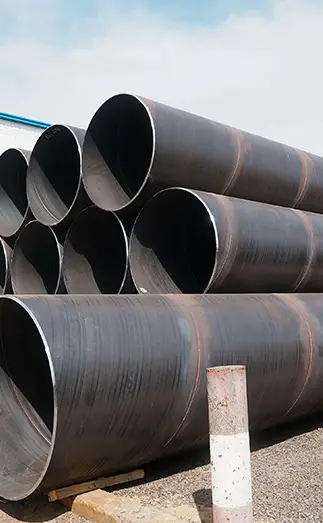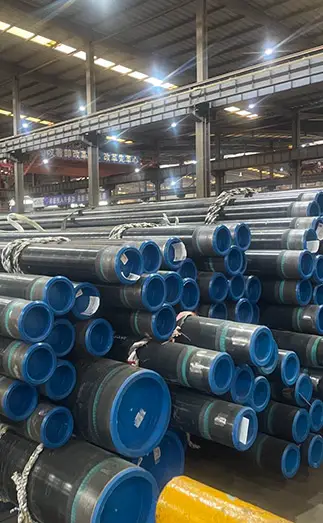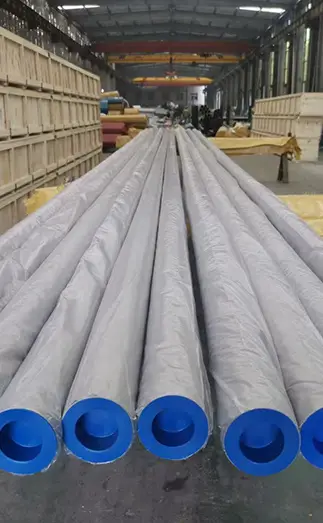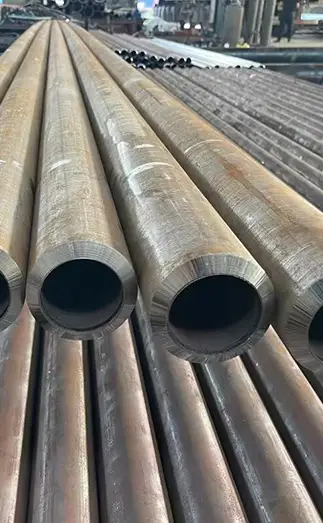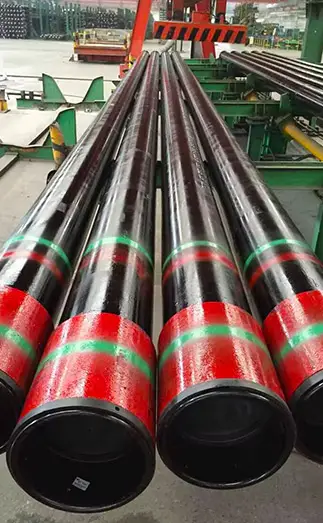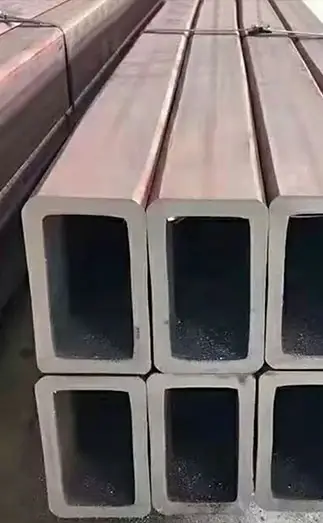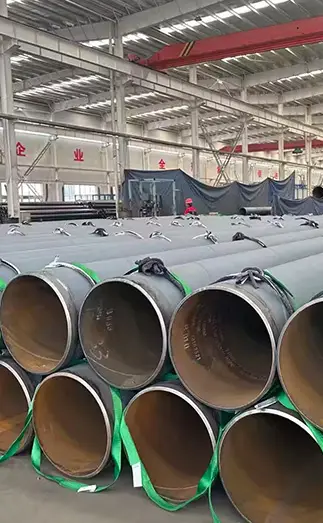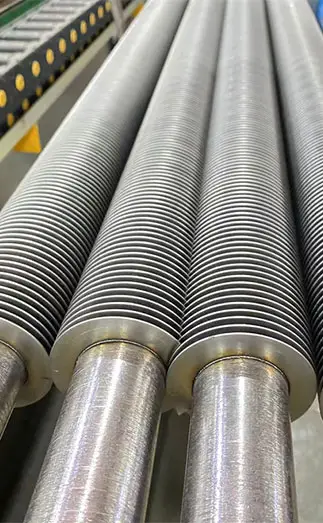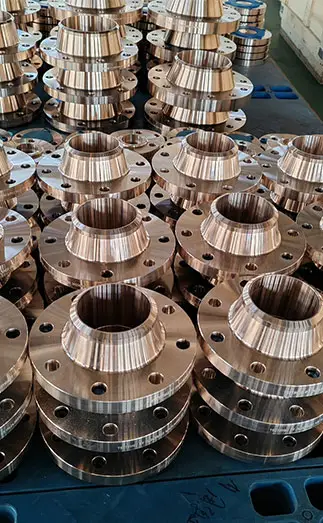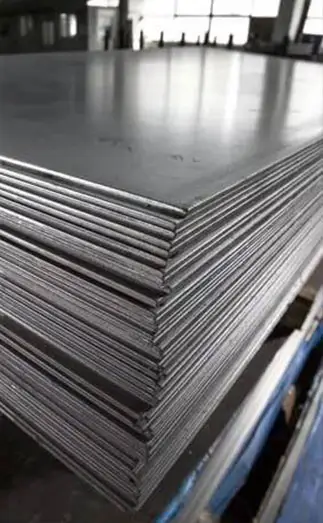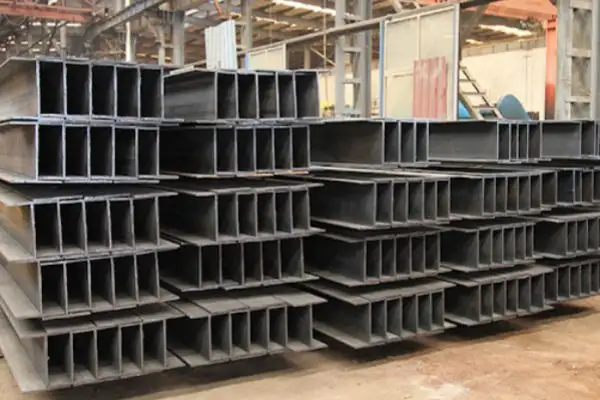Carbon steel plates are essential materials in construction, manufacturing, and industrial applications, valued for their strength and versatility. From skyscraper structures to everyday products, they play a critical role. Among the many performance factors, plate thickness is one of the most important indicators, directly influencing function and application. Common thicknesses range from 0.5 mm to 300 mm, meeting diverse industry needs.
Super Steel Manufacturing Co.,Ltd is professional steel plate manufacturer, for more details, please contact:sales@super-steels.com
Applications by Thickness of Carbon Steel Plate
Thin Plates (0.5 mm – 4 mm)
Lightweight and easy to process, thin carbon steel sheets are widely used in electronics, home appliances, and automotive parts. They provide sufficient strength while keeping products portable and durable.
Medium & Thick Plates (4 mm – 20 mm)
These plates form the backbone of construction and machinery manufacturing. In buildings, they are used for beams, columns, and structural components. In machinery, they serve as casings, bases, and frames—delivering both protection and stability.
Heavy Plates (Above 20 mm)
For large-scale equipment, mining machinery, and heavy machine tools, thick plates offer high load-bearing capacity. Their durability ensures safe performance under extreme pressure and harsh environments.
Key Factors in Thickness Selection of Carbon Steel Plate
Material Properties: Low-carbon steel suits thin, formable applications; high-carbon steel may require thicker plates for wear and impact resistance.
Application Needs: Construction demands thicker load-bearing plates, while automotive and aerospace industries prefer thinner, high-strength options for lightweight design.
Load Requirements: Heavy loads and extreme environments require thicker plates to prevent deformation and cracking.
Processing Technology: Cutting, stamping, and forming methods place limits on workable thickness.
Cost Considerations: Thicker plates increase costs, so projects should balance performance, processing feasibility, and budget.
Conclusion
Choosing the right thickness of carbon steel plate is critical to achieving safety, performance, and cost efficiency. By considering material properties, application environment, load demands, and processing methods, industries can select the most suitable plate thickness for their needs.



 English
English Español
Español Français
Français بالعربية
بالعربية